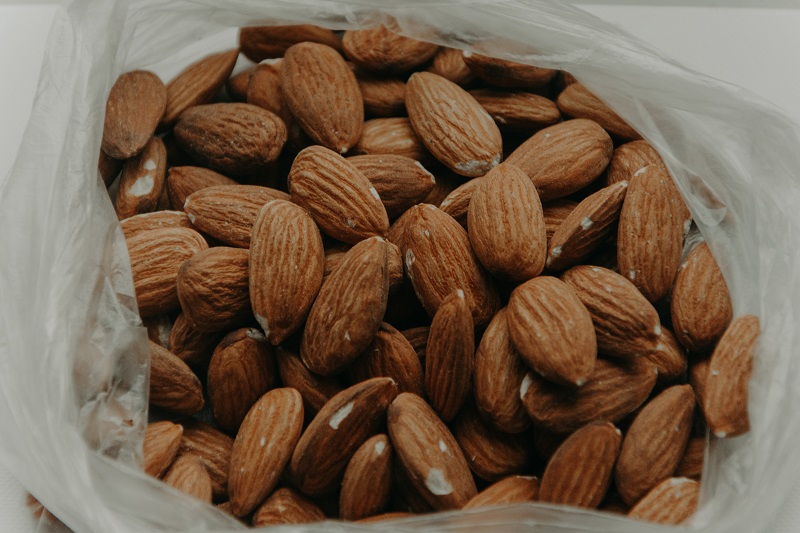Deception Is A Dish Best Never Served [Opinion]
 The idea of supporting local businesses has never been more romantic for consumers. I know I feel good about spending my money on products made close to home. There’s a sense of pride that comes with investing in the community and an expectation of quality assurance.
The idea of supporting local businesses has never been more romantic for consumers. I know I feel good about spending my money on products made close to home. There’s a sense of pride that comes with investing in the community and an expectation of quality assurance.
This emotionally charged commerce is especially strong when it comes to food choices. What’s better than eating fresh produce grown and raised right around the corner by Farmer Joe? Not much, and there are masses of people who feel this way. If you’re not convinced, go to your local farmers’ market on a Saturday morning. You’ll find a venue teeming with patrons hungry to help out the local grower, beekeeper, artist, etc.
What an excellent opportunity afforded to producers with this dedicated audience. It’s nice more people are conscientious about supporting locally produced commodities. But how much longer will this thinking continue if trust is betrayed? I don’t think Ginny and Johnnie from Picket Fence Lane will be too happy to find out the “freshly harvested” grapefruit they purchased — in the middle of August — was actually picked “fresh from South Africa,” sans label.
What’s Your Definition Of ‘Local’?
Recently, the Tampa Bay Times blew the lid off the local food trend by publishing a series of exposé articles cleverly titled “Farm To Fable.”
In the articles, several restaurants from the Tampa/St. Pete area, claiming to specialize in menu items featuring locally sourced produce, were found to have stretched the truth when it comes to what’s actually being put on the plate.
Some items were fresh produce (at one time), just not from nearby. Of course, this might be just a big misunderstanding. After all, what is the actual definition of “local” produce? Is it within 50 miles, 100 miles, 200 miles, the Continental Divide?
According to USDA: “There is no consensus about how to define ‘local food systems’ in terms of the geographic distance between production and consumption. Defining ‘local’ based on marketing arrangements is well recognized.”
Obviously, there is a gray area here and a major disconnect between fantasy and reality for consumers. An educated consumer can and will make the right choices. On the other hand — amid this cloudiness of detail — there is opportunity to be had for purveyors of food that may or may not have been grown local.
Clear And Present Danger
Unfortunately, misrepresentation was the main course served up in the Times’ articles. The farms mentioned as featured providers to these restaurants claimed to either not be a supplier — or worse yet, not even know the establishment in question.
So, what can growers do? Take the offensive and provide as much transparency to the public as possible if you do in fact deal with local restaurants and farm markets. I’m not sure why you wouldn’t want to shout it from the rooftops as it’s quite a feather in the cap for most farm operations to be a preferred provider of an eatery.
The local food scene is alive and well. Let’s feed into it and not allow a few bad tomatoes spoil the success.









